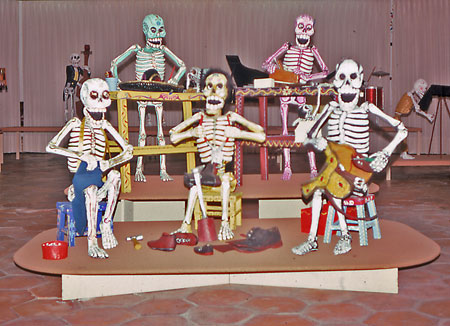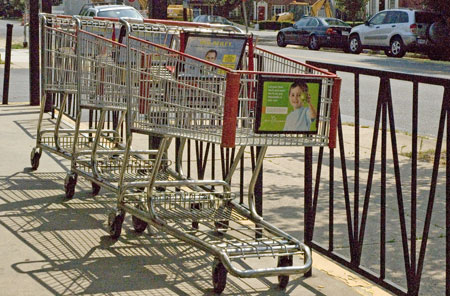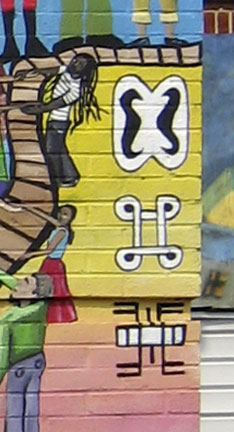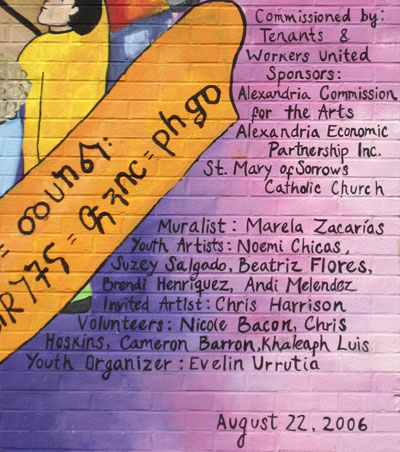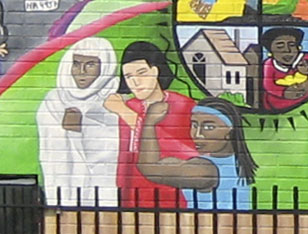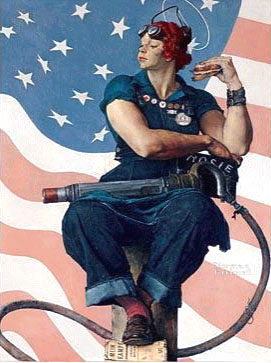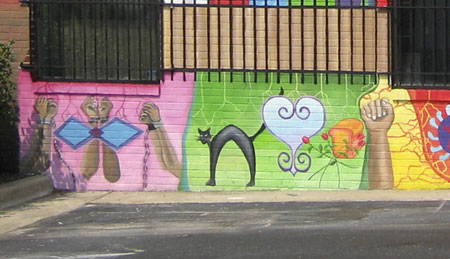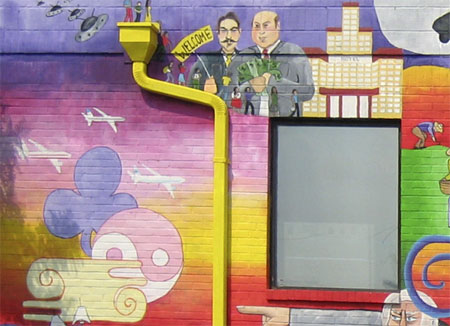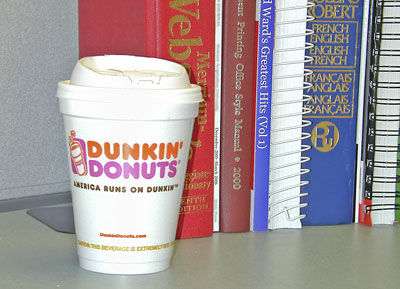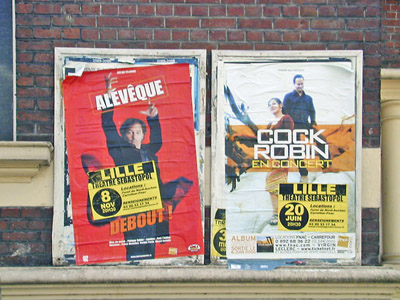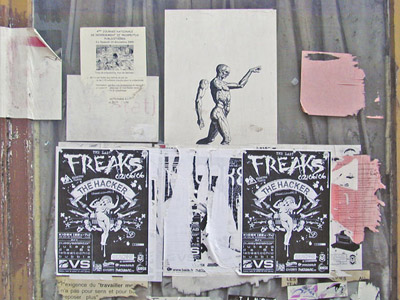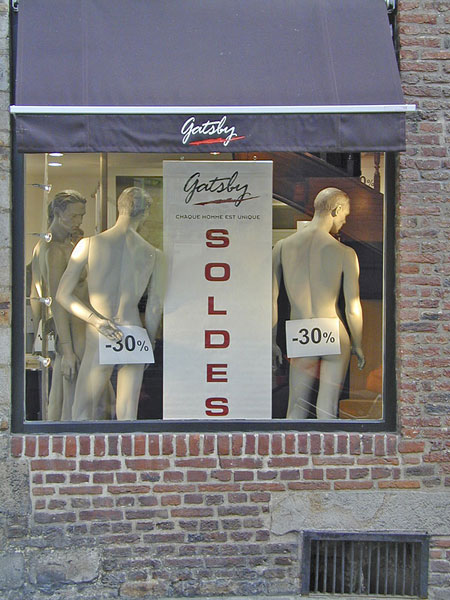
I was going to write about spam (the e-mail kind) but since I couldn’t bring myself to put out my own money for a can of the stuff (the pseudo-food kind) to photograph, I went to the Hormel Spam(R) Web site to grab a picture and got sidetracked. You’re greeted with the Spam song (no, I’m not joking) and if you wait about 30 seconds, there’s animation. In fact there’s a lot of animation on the site and a veritable treasure trove of links. I decided against consulting “What is Spam?” It used to show up on the lunch menu when I was in elementary school (usually as rubbery pink slices but sometimes in fritters), and I’d as soon not know what, along with a week’s worth of sodium, they were inflicting on hapless children.
There is a whole Spam subculture, much of it tongue-in-cheek, but not all, I suspect. There’s a Spam Museum (admission free), a Spam Fan Club, and a Spammobile that tours the country giving out free samples. There are Spam festivals, most notably the annual Austin, Texas Spamarama, which has been going on since 1978. And of course there’s a Spam store with a huge variety of items with which you can show your allegiance to the product. A Spam pig clock or timer for the kitchen, pillows (think how nice they’d look on your couch), a mouse pad, a collector’s spoon, a Spam emery board, Spam wine glasses for the truly elegant table setting, a Spam three-legged pig (don’t ask). The link to the Adult category didn’t work, which is probably just as well, since the thought of a Spam G-string and pasties is not enticing. It was hard to choose, but my favorites were the glow-in-the dark Spam stadium cup, scrunchy, and boxer shorts. I always figured that the chemicals in Spam made you glow in the dark, and now you can accessorize to match.
The surprise for me is that Spam doesn’t stop at the pink rubber I was forced to eat at school, now known as Spam Classic. There are 11 other varieties, including Spam Garlic, for the more sophisticated palate; Spam Low Sodium and Spam Lite, for those concerned with healthy eating; and Spam spread (remember that one for your next cocktail party).
There’s obviously more to Spam than Monty Python skits. I’m not tempted to give it another try, though. I’m a vegetarian.



 Posted by Judith
Posted by Judith 
